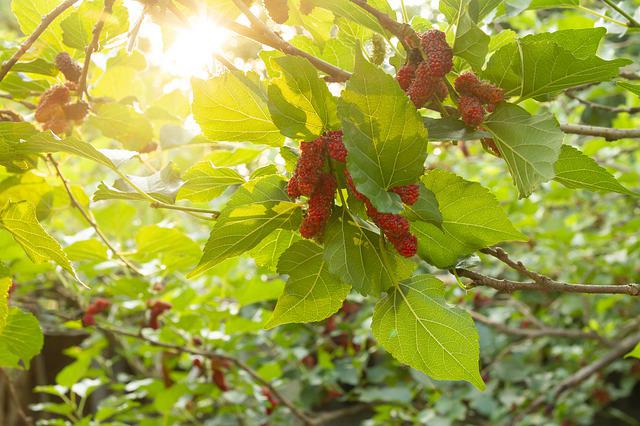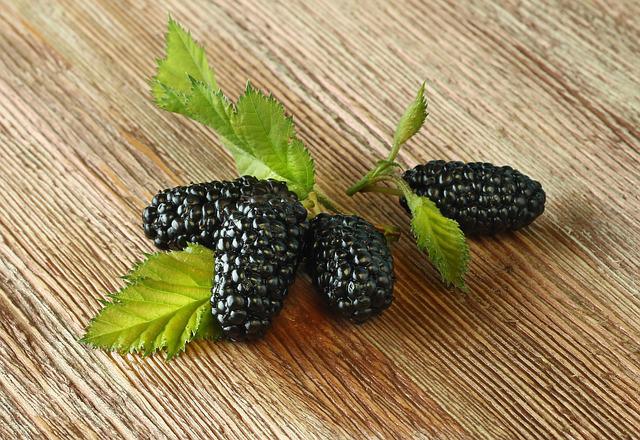When Do Mulberry Trees Fruit?—The Best Time to Pick Your Mulberries

A single everbearing mulberry tree is all you need to produce a harvest because these trees are self-fertile. Typically, everbearing mulberry trees take two to three years to produce fruit. Mulberry trees that produce fruit in the first year are available from some nurseries. The trees produce fruit during the summer season from the end of May or the beginning of June to September.
When the everbearing mulberry fruits are ripe, they fall to the ground when the tree is lightly shaken. During these months, many people leave a sheet under their tree to collect the berries that fall.
Snacking, baking into tarts or pies, making jams and preserves, or fermenting sweet wine are just some of the many uses for the fruit.
Table of Contents
How to Harvest Mulberry Fruits?
When to Pick?
After about three years, your mulberry tree will be ready to bear fruit, and you’d better be prepared to harvest it. The berries should be ready between June and August, though this does not guarantee that they will all ripen at the same time. As a general rule, the sweeter the fruit is, the darker it is. Mulberries are very tender and easy to crush, so be careful. Allowing the fruit to fall to the ground can result in a sticky mess, so collect it as soon as possible to avoid insects, wildlife, and property damage.
How to Pick?
The two methods for picking mulberries are handpicking, which can be time-consuming or shaking the tree with a tarp or an old sheet. Shake the branches of the mulberry tree after spreading the tarp under it. Collect all of the berries that have fallen. If you layer the berries too deeply in the container, you’ll have a lot of crushed berries.
What’s the Taste of Mulberries?
Mulberries have a sweet-tart flavor profile, with baking spices or woody cedar hints. The fragrant, deep-colored fruits are delicate and syrupy, and they have a reputation for staining at the touch of a finger. Mulberry trees can grow 30 to 80 feet tall, with some species living for centuries and producing fruit. Mulberries are not berries because they are made up of many small fruit clusters arranged around a central stem. They look like an elongated blackberry, but they can ripen to a dark purple, black, red, or white color, depending on the type.
How to Store Mulberries?
Mulberries can be kept in the refrigerator for several days unwashed in a covered container to keep your hands off them. Alternatively, you can save the berries and use them later. They should be washed and dried gently before being put into freezer bags. Berries can be frozen and kept for a long time.
How to Extend the Mulberry Crop Season
Most fruit trees only produce fruit on branches that have been around for a year or more. This means that we have to wait a year or more for new branches to grow before they can produce fruit.
On the other hand, Mulberries produce fruit when the plants are just starting to grow new leaves and fruit. When there is new growth, the fruit will be made. Then, new growth doesn’t have to happen once a year, either. When trees are pruned in the spring and summer, they will grow new trees.
It’s possible to cut down a mulberry tree after it has made its first fruit. This will make the tree grow again, and this will make more fruit. The branch doesn’t matter how far back the cut is made. Mulberries will grow even if they are cut back pretty hard. Cut new growth in half to make more branches.
What if the branch still has fruit that hasn’t ripened? Do we need to wait? Not at all. If mulberries are lower down the branch, they should be left to grow until they are ripe. If there is a lot of leafy, non-fruiting growth at the end of each branch, that can be cut off.

